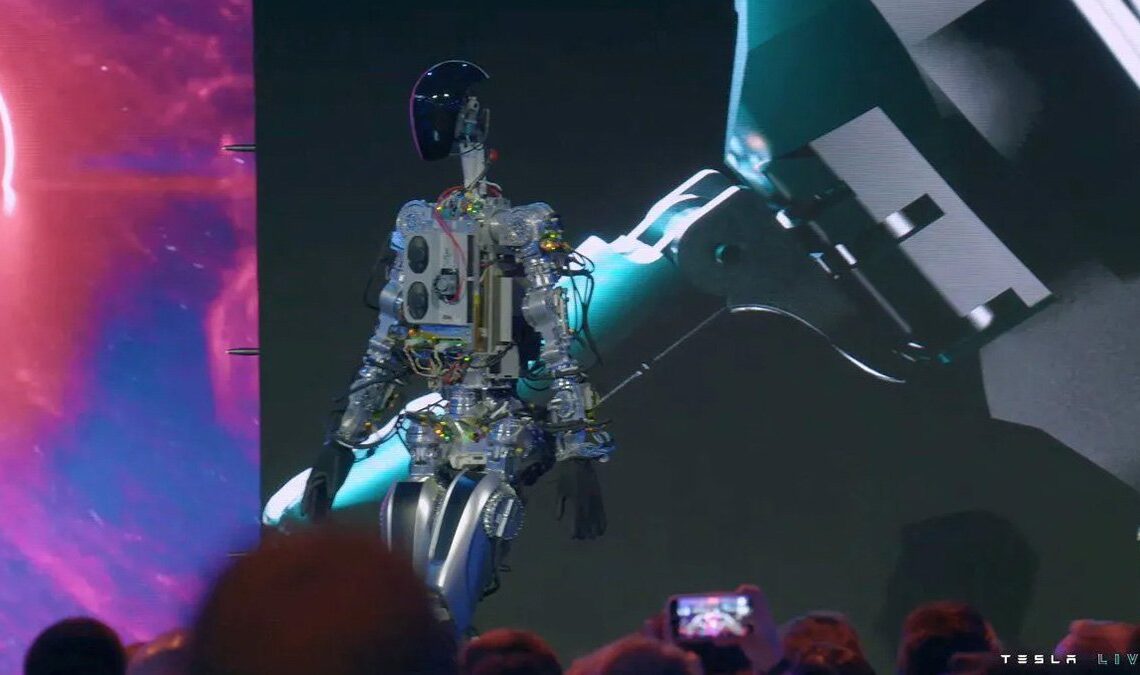
In the ever-evolving landscape of technology, few names carry the same weight as Elon Musk. From revolutionizing space travel through SpaceX to redefining transportation with Tesla, Musk has consistently proven to be a visionary. However, his boldest and perhaps most controversial claim to date might be this: robots, powered by artificial intelligence, will surpass the world’s best surgeons within the next five years.
While this statement has sparked both excitement and skepticism, understanding the rationale behind Musk’s confidence requires diving deep into recent advancements in robotics, AI, and the merging of biotechnology with machine learning. In this article, we’ll explore why Musk dares to make this claim, the technological trends supporting it, how medical robotics is evolving, and what this transformation means for the future of healthcare.
### Elon Musk’s Vision: The Neuralink Connection

One of the primary reasons Musk is confident about the future of robotic surgery lies within his own company: Neuralink. Founded in 2016, Neuralink aims to build brain-machine interfaces that could one day allow humans to communicate directly with computers.
Musk has claimed that Neuralink’s surgical robot — designed to implant ultra-thin threads into the brain — can already outperform some human neurosurgeons in terms of precision, speed, and safety. These robots, using advanced imaging and AI, can perform tasks with micron-level accuracy, far beyond the capabilities of even the steadiest human hands.
If such a robot can already conduct brain implants more precisely than trained professionals, it’s not hard to see why Musk believes surgical robots will surpass human doctors across various medical specialties in the near future.
### The Evolution of Surgical Robotics
Robotic-assisted surgery is not a futuristic concept. In fact, it’s already a reality in operating rooms around the world. The da Vinci Surgical System, one of the most widely used robotic platforms, has been helping surgeons perform minimally invasive procedures for over two decades.
These robotic systems have demonstrated their advantages:
– Greater precision
– Minimized incisions
– Reduced blood loss
– Faster recovery times for patients
However, most of these systems still rely heavily on human control. What Musk envisions is a transition from assisted surgery to autonomous robotic surgery, powered by machine learning algorithms and neural networks.
### AI and Machine Learning: The Real Game Changers
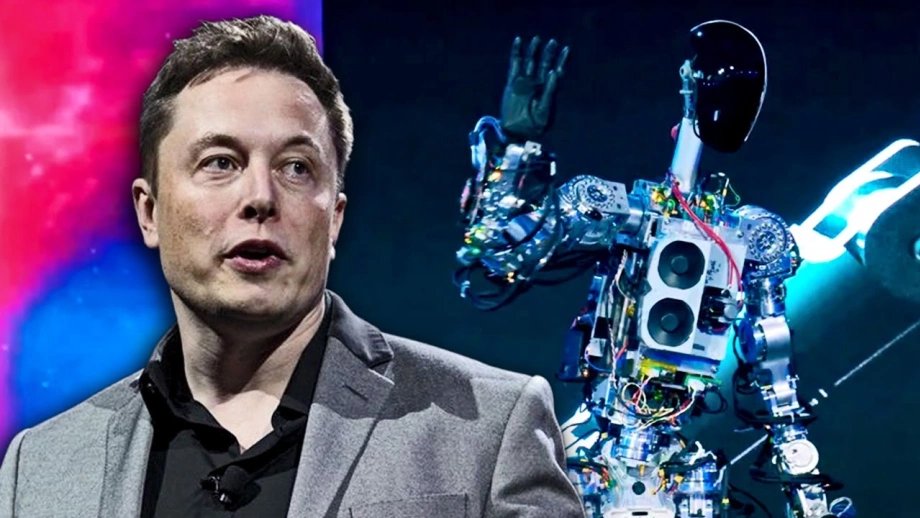
The integration of AI with surgical robotics is the true catalyst behind Musk’s prediction. Today’s AI systems can already:
– Interpret medical imaging (CT scans, MRIs) better than human radiologists.
– Learn from millions of surgical videos to understand the best practices and identify patterns.
– Simulate and predict surgical outcomes with astonishing accuracy.
As AI continues to evolve, it’s beginning to replicate cognitive decision-making, something previously considered uniquely human. Algorithms can now detect subtle cues — such as tissue coloration or blood flow — in real-time, and make split-second decisions during surgical procedures.
According to Musk, robots don’t suffer from fatigue, emotional stress, or hand tremors — which gives them a distinct advantage over even the most experienced surgeons.
### Data-Driven Surgery: Why More Data Equals Better Outcomes
Elon Musk’s belief is also rooted in the power of big data. Every robotic procedure generates massive amounts of data — from video footage to sensor metrics. With this data, AI can continuously learn, adapt, and improve.
This leads to a concept known as continuous surgical improvement, where every new surgery becomes better than the last, thanks to real-time learning and optimization. Human surgeons, on the other hand, have limitations in how quickly they can learn or adopt new techniques.
Once robotic systems are connected through cloud-based platforms, they can share insights instantly — leading to a collective intelligence that improves surgical outcomes globally.
### Robotics in Specific Medical Fields
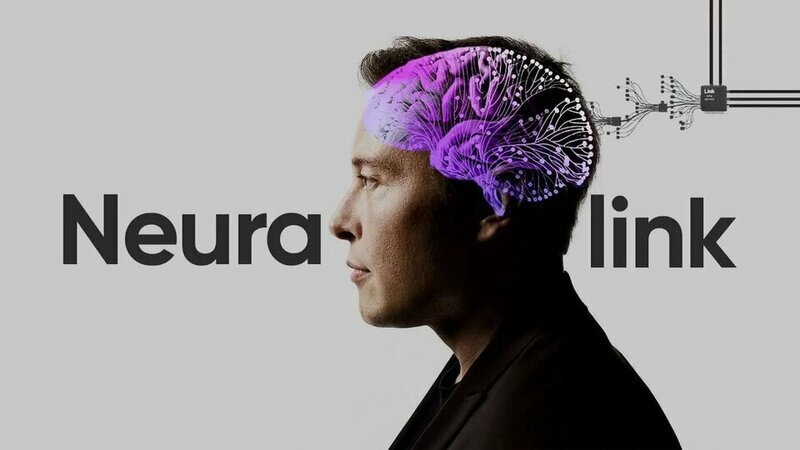
Let’s look at how robotic systems are advancing in different surgical domains:
#### 1. Neurosurgery
Neuralink’s robot is already capable of performing delicate brain surgeries, such as inserting electrodes into specific brain regions with unprecedented precision. Traditional neurosurgery carries risks like tissue damage, but robotic systems minimize these risks drastically.
#### 2. Orthopedic Surgery
Companies like MAKO and Stryker are using AI-guided robotic arms to assist in hip and knee replacements. These robots measure bone density, joint angles, and alignments better than the human eye.
#### 3. Cardiothoracic Surgery
Tiny robotic instruments can now access hard-to-reach areas of the heart through micro-incisions, reducing the trauma and downtime associated with open-heart surgery.
#### 4. Ophthalmic and ENT Surgery
Eye surgeries, which require microscopic precision, are already being conducted with robotic systems that reduce risk and increase accuracy.
### Ethical and Regulatory Challenges
Despite Musk’s optimism, the road to robotic dominance in surgery is not without obstacles. The biggest concerns include:
– Ethical dilemmas: Who is responsible if a robot makes a mistake?
– Regulatory hurdles: FDA and other global health agencies are still developing guidelines for autonomous surgical systems.
– Patient trust: Will people feel comfortable letting a robot operate on them without human supervision?
Musk, however, believes these are temporary challenges that will be overcome as the technology proves itself. He’s betting that once robotic systems demonstrate higher success rates, public trust will shift rapidly.
### Human-AI Collaboration: A Transitional Phase
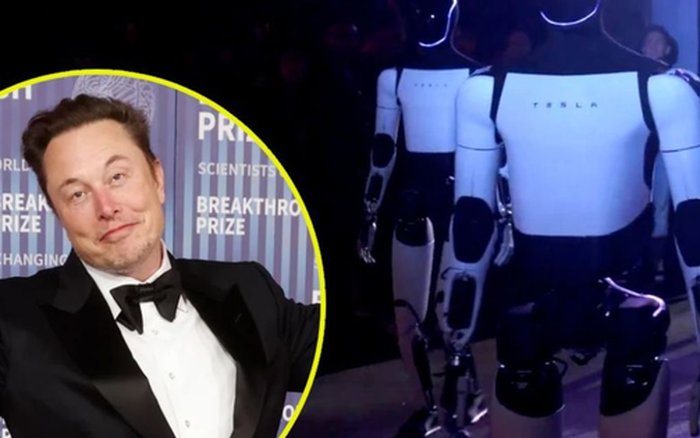
Before robots completely take over the operating room, a hybrid model is expected to dominate — where surgeons and robots collaborate. In this model:
– Robots perform high-precision tasks.
– Surgeons supervise and make critical decisions.
– AI assists with diagnostics and real-time recommendations.
This transition period will serve as a training ground for AI, allowing it to observe and learn from human experts, while also gradually taking on more responsibilities.
Musk sees this phase as essential but temporary. Eventually, he envisions a world where robots operate independently, with human oversight limited to emergencies or complex decision trees.
### Cost and Accessibility: Making Surgery Affordable
One of Musk’s long-term goals with robotic surgery is democratizing healthcare. Human surgeons are limited in number and location, particularly in developing countries or remote regions. Robotic systems, once mass-produced, can be installed in any hospital and connected via the cloud to central AI hubs.
This could allow a small hospital in Africa or South America to perform surgeries with the same precision as a world-class medical center in the U.S. or Europe. If Musk’s vision holds true, AI-driven robotic surgery could drastically reduce global health disparities.
### The Next 5 Years: Why the Timeline Is Realistic
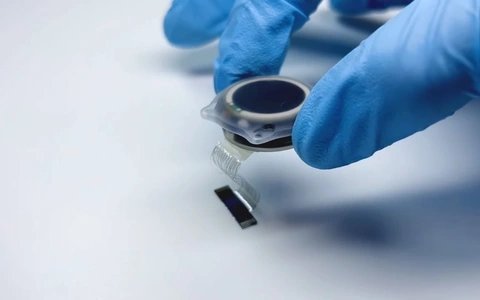
To many, Musk’s five-year prediction might sound ambitious. But considering the exponential growth of AI and robotics, the timeline may actually be conservative.
Here’s why:
– Machine learning models are improving monthly, not yearly.
– Computational power is increasing due to innovations in quantum computing and AI chips.
– Private sector investment in medical robotics is soaring.
– Clinical trials of autonomous surgical robots are already underway in Europe and Asia.
– Government agencies like NASA and the Department of Defense are funding AI surgery for remote missions and battlefield scenarios.
All these factors suggest that a significant leap in robotic surgery is not just possible — it’s imminent.
### Conclusion: Is Elon Musk Right?
Elon Musk’s track record suggests that he rarely makes bold claims without some form of tangible evidence or technological backing. While many are skeptical of his prediction that robots will surpass the world’s best surgeons within five years, the pace of innovation supports the plausibility of this claim.
With advances in Neuralink, AI-powered surgical platforms, and data-driven continuous learning, we are entering a new era where robots will not just assist but lead in surgery.
The real question may not be if Musk is right — but how quickly the medical industry, regulators, and society are ready to accept a robot in the operating room as the new standard of care.


